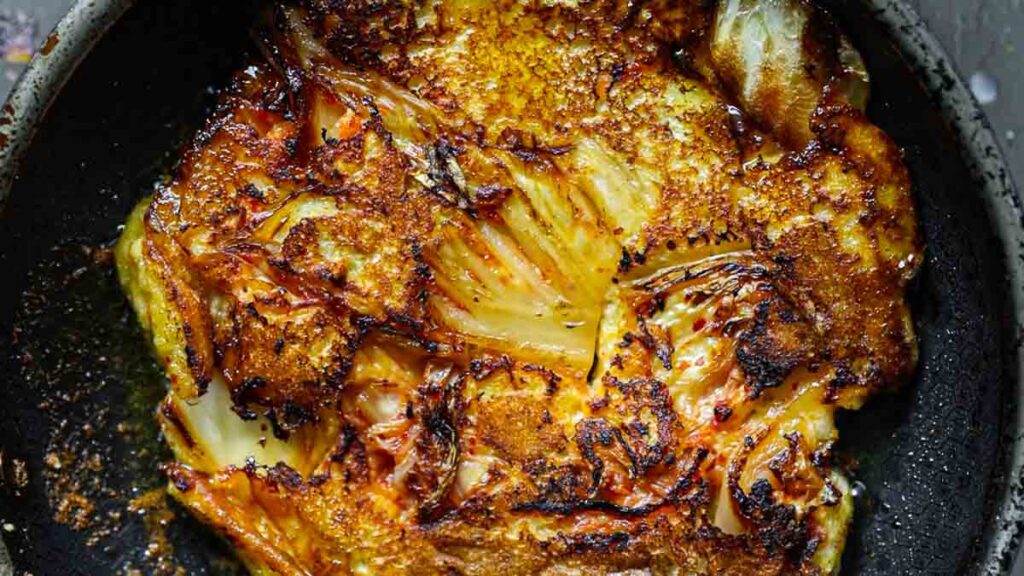
Hi-protein.
Stunningly beautiful.
Traditional.
Korean pancakes.
We are going to make bindaetteok!
I’ve been eating these Korean mung bean pancakes since I can remember, but it wasn’t until I adopted a plant-based diet that I learned how to make them for myself. They’re so delicious and packed with nutrients that will wallop you with health benefits (protein, fiber, antioxidants, you name it!). Whether you have a special occasion coming up or are just in the mood for some savory deliciousness, let’s get to it!
What is a Bindaetteok Anyway?
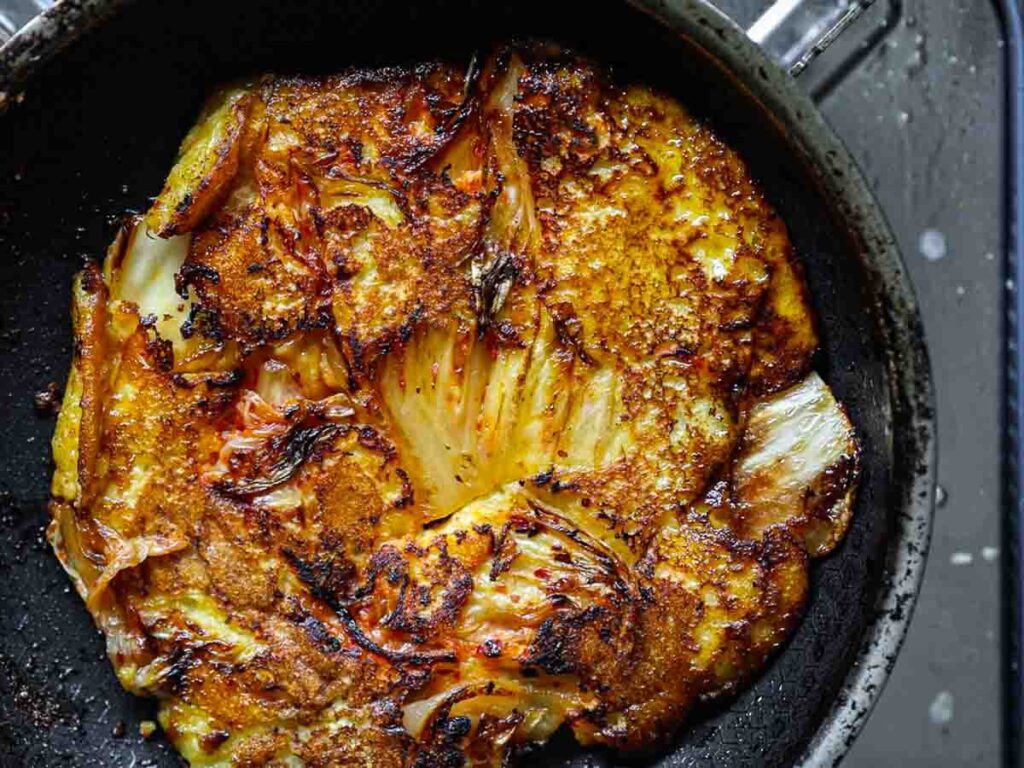
What IS bindaetteok anyway?
Well, when I can, I always like to start with the literal translation of the word. Here, I’ll start with the word I know (and that you may know): tteok (떡), which means “rice cake.” What about the first two syllables? Will, “bin” (the experts say) comes from the word “bing” (빙), which means “round, flat like food” or “pancake.” And apparently, no one really knows what the second syllable, “dae,” refers to. So, we’re left with round, flat, pancake, ricecake thingy.
Bindaetteok is also sometimes referred to as “nokdu jeon” or “nokdu bindaetteok.”
But of course, that’s not the bindaetteok that we now know and love! Bindaetteok is a type of savory Korean pancake made of yellow mung beans. It is a classic holiday dish, one that’s usually prepared on Chuseok (Korean Thanksgiving), lunar new year, or other traditional holidays. Bindaetteok is definitely considered to be among Korea’s more traditional recipes and you can often get them, hot out of the fryer as a denizen of Korean street food (think Gwangjang Market), or stacked high on a plate at a new year’s day feast. Bindaetteok is also a traditional food in North Korea, where my mother was born!
Typically, bindaetteok contains meat cut into small thin strips, minced pork, or even marinated pork belly. Some other traditional additions to bindaetteok include mung bean sprouts, bracken or fern brake, and green onions. But this great recipe is for a vegan mung bean pancake (though, obviously, I’m not going to watch you make it so you can put whatever you like in the ground mung bean batter!) and will have only a few ingredients, so that you can customize as you like!
What Does Bindaetteok Taste Like?
In case you’ve never had bindaetteok before, let me describe what it tastes like for you:
- Savory. Bindaetteok is a savory pancake. This bindaetteok recipe calls for the inclusion of a little soy sauce to give it that savory umaminess that makes food so addictive.
- Nutty. Because the main ingredient for the batter is split mung beans, bindaetteok has a slightly nutty flavor.
- Hearty. Because of the ground mung beans, bindaetteok imparts an incredibly hearty texture, especially if it’s packed with things like fernbrake.
A lot of times, bindaetteok is served with a dipping sauce. However, I prefer making my recipes flavorful enough so that they do not need accoutrements to enjoy.
Key Ingredients and Notes on Substitutions for Bindaetteok.
There aren’t a lot of ingredients in this bindaetteok recipe. However, the ingredients may not be familiar to you, so let’s take a deep dive into each of them!
Split Mung Beans.
The bindaetteok batter is made out of split (deskinned) yellow mung beans. Do not try and make this recipe with whole mung beans (the green ones)! And do not try to make the batter with mung bean sprouts! You want to get your hands on a bag of dried split yellow mung beans. You can usually find this at an Asian grocery store. Unfortunately, I have never found this at a western-style grocery store. Are there substitutes for this? You can try making this dish with chickpeas, but honestly, it won’t be bindaetteok anymore. It’ll just be an entirely different dish. But it might taste amazing!
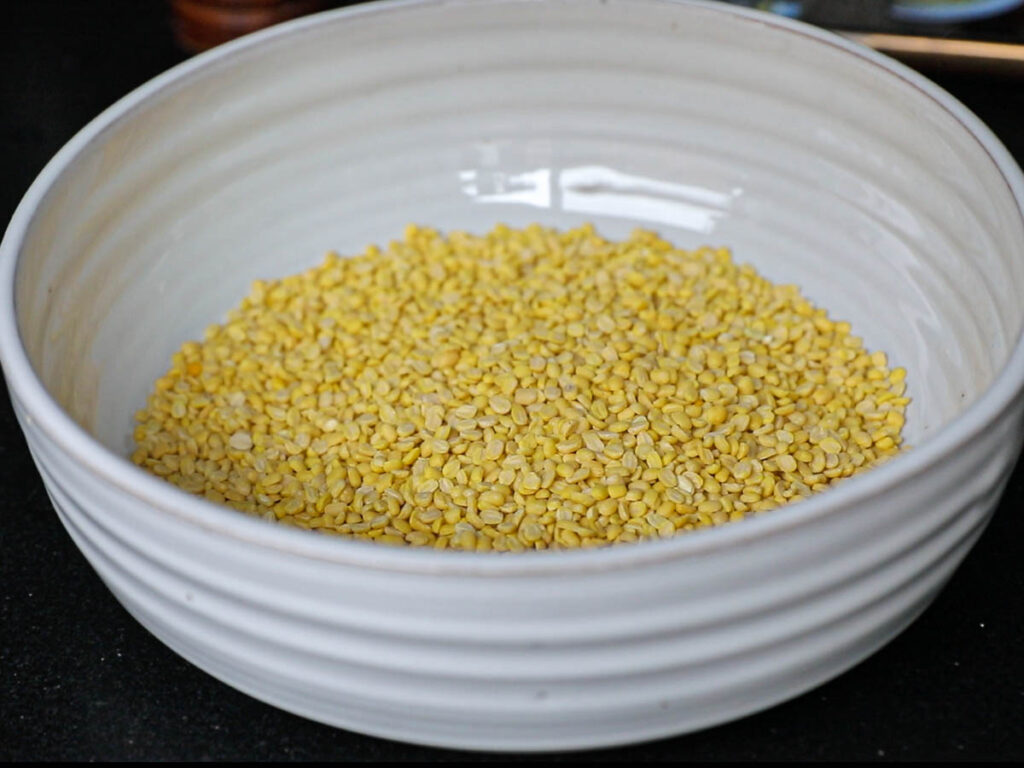
Corn.
Ok, I know what you’re thinking if you’re Korean: CORN??? Look, I made this dish once while I was visiting a friend on Long Island during corn season, and we were adding corn to everything. I added a cup of corn to the soaked mung beans and I loved the hint of sweetness it added! I’ve used raw, canned, and frozen corn with great success. So, I’ve been adding corn to my bindaetteok ever since. If you don’t like corn or don’t have any corn, you can replace with more soaked mung beans.
Soy Sauce.
As I said, I like to add just a little soy sauce to the batter to give it that umami kick. For this recipe, I prefer soup soy sauce, which imparts a more savory flavor while having little impact on the color of the batter. But, if all ya got is regular old soy sauce, you can use what you have! If you want to keep this recipe entirely gluten-free, make sure to use a gluten-free soy sauce. If you want to keep this recipe soy-free, make sure to use a soy-free soy sauce!
White Rice Flour.
As an homage to the “tteok” part of the word “bindaetteok,” I add a little white rice flour to the batter. This not only gives the batter some stickiness (to ensure it doesn’t fall apart), but will also help with giving the pancake a little “chew.” What kind of white rice flour? I would use sweet white rice flour or glutinous white rice flour (both of which are gluten-free, by the way!). I would not substitute with plain rice flour or brown rice flour, as these are not the kinds of flours that make tteok. If you must substitute, I would use wheat flour, corn starch, or potato starch.
Kimchi and Kimchi Juice.
When I told my mother I’d be making bindaetteok, she immediately said, “add kimchi.” I mean…I think I’m going to make a t-shirt that says “ADD KIMCHI.” Because kimchi truly does make so many things taste better.
Adding kimchi to your life also just makes you cooler.
In any event, I use a little bit of vegan kimchi (not in the batter) when I’m frying up these pancakes, but also pour a couple tablespoons of kimchi juice into my batter. The more you add, the pinker your bindaetteok will become. I like mine to retain its golden color, so I only add a little.
Step-by-Step Instructions on Making Bindaetteok.
Step 1.
Soak the mung beans in cold water for at least 4 hours, but best if overnight. Look, I hate “overnight” recipes too, but just do it right before you go to bed. I left mine at room temperature. If you don’t soak your beans long enough, your batter will be extremely lumpy and even, uhm, crunchy…which you won’t want.
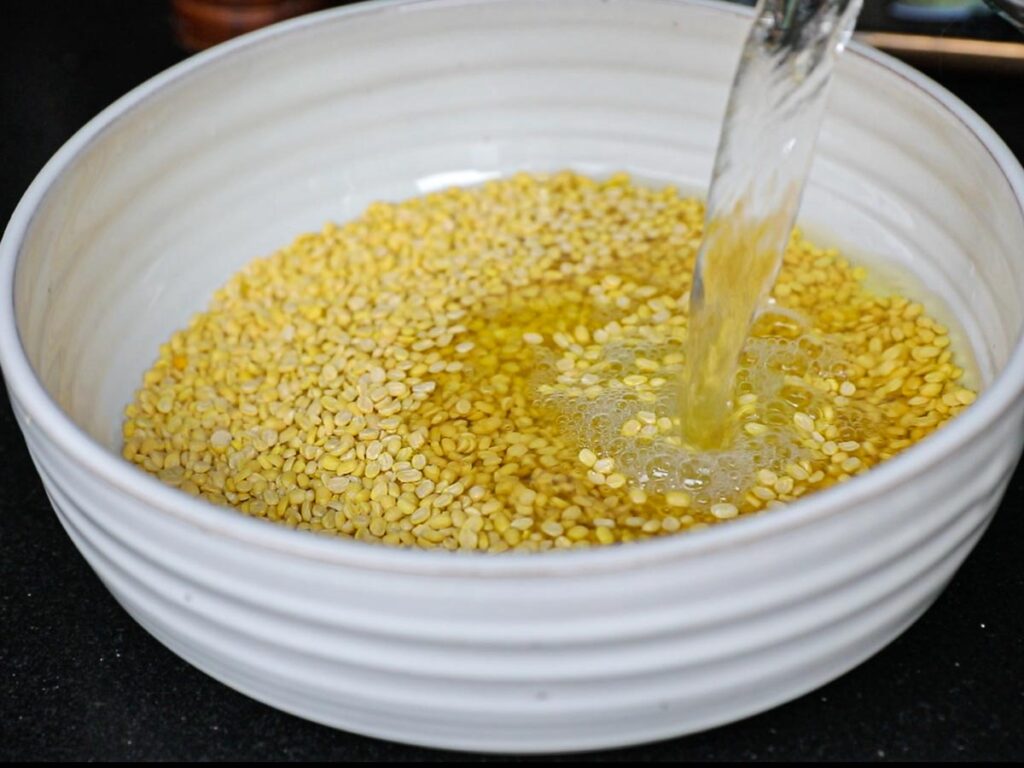
Step 2.
Drain your soaked beans. Then, place them in a blender, together with 1/2 cup of corn, 1/4 cup sweet white rice flour, 2 tablespoons of soy sauce (preferably soup soy sauce or light colored soy sauce), 2 tablespoons of kimchi liquid, a pinch of salt, some black pepper, and 1 cup water. Blend on high. If your blades have trouble turning, continue to add more water, 1 tablespoon at a time, until you achieve a batter that looks a little like cornbread batter.
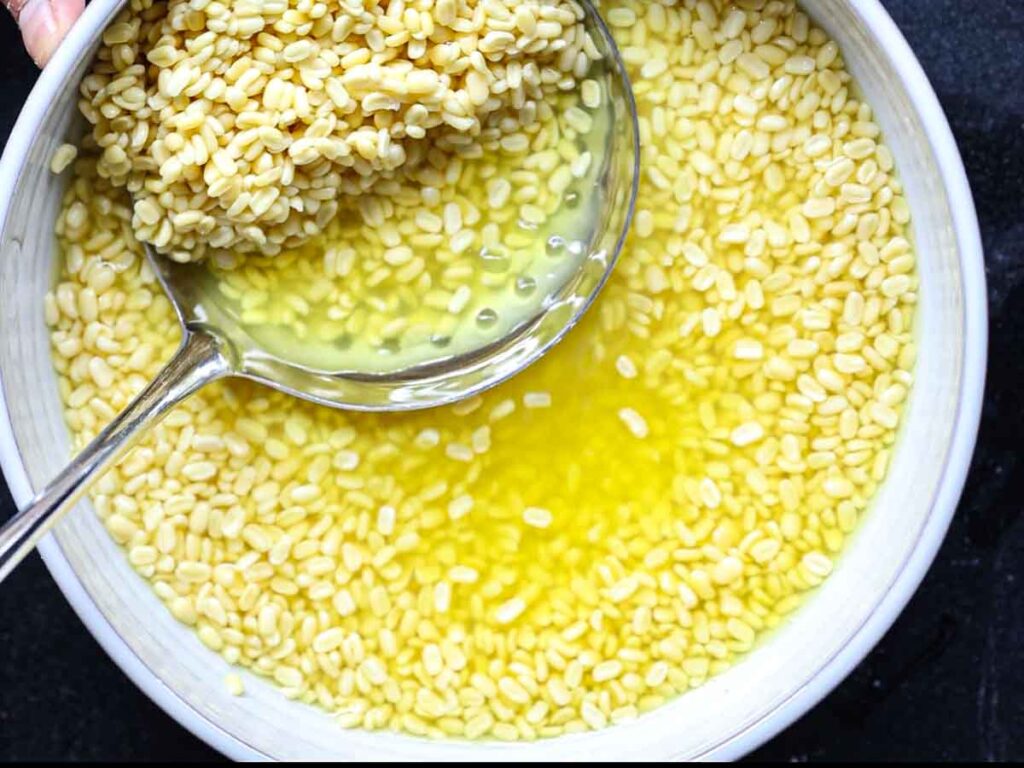
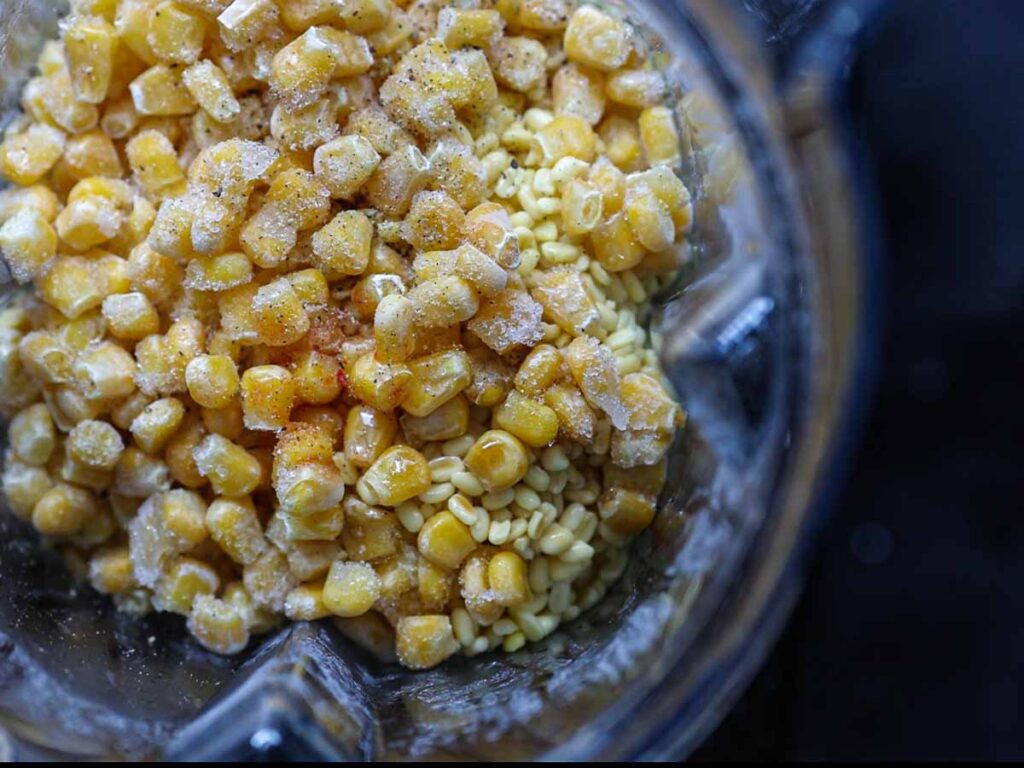
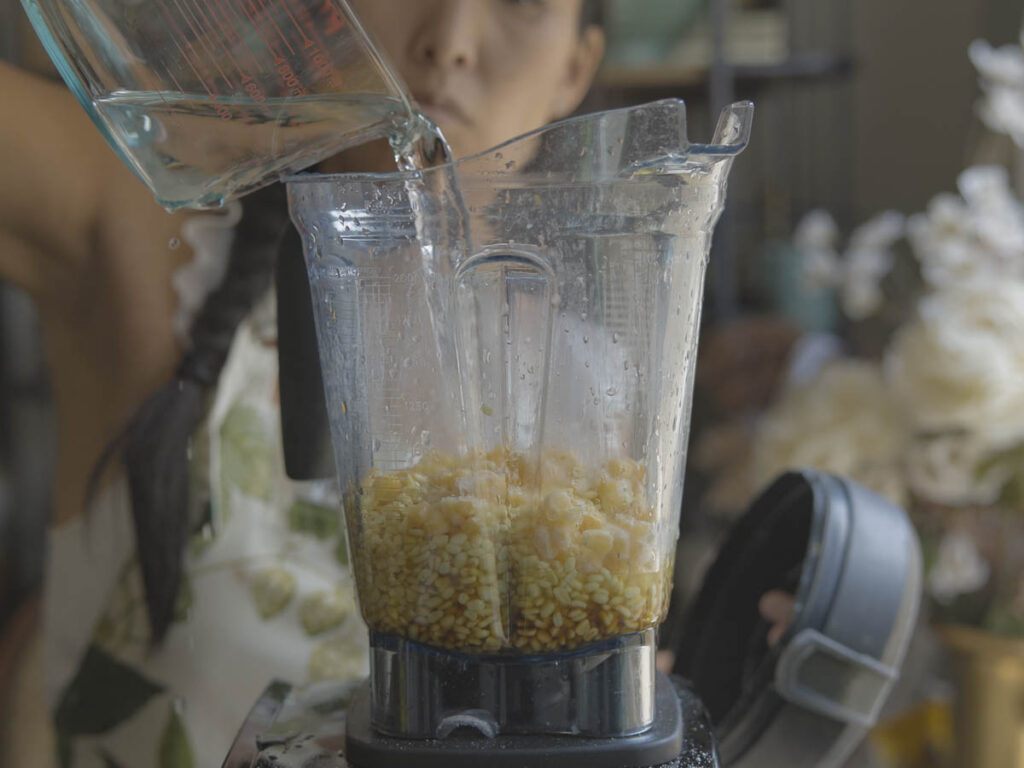
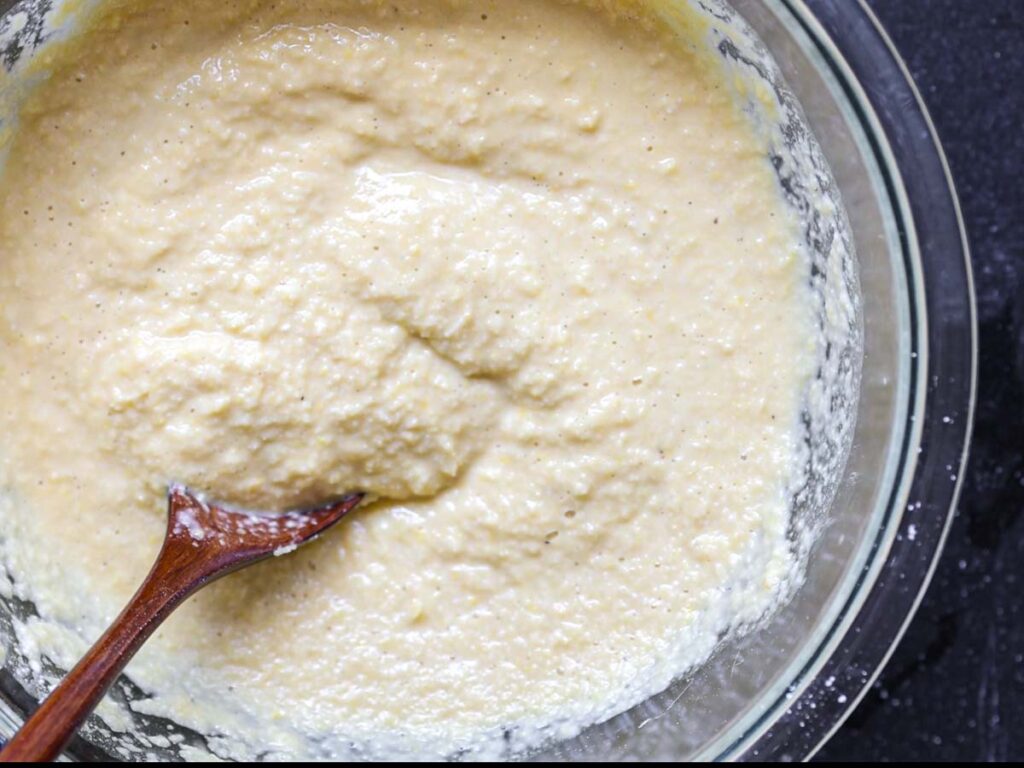
Step 3.
To a non-stick pan (I used an 8″ pan) over medium heat, add a generous amount of oil (sometimes these are literally deep fried, but I didn’t want to do that; be as generous as you are willing to dare). Before adding your batter to the pan, add a few pieces of vegan kimchi. Then, pour about 3/4 cup of batter over the kimchi, until it reaches the edges of your pan. Cook for about 3 minutes, until small bubbles start to form.
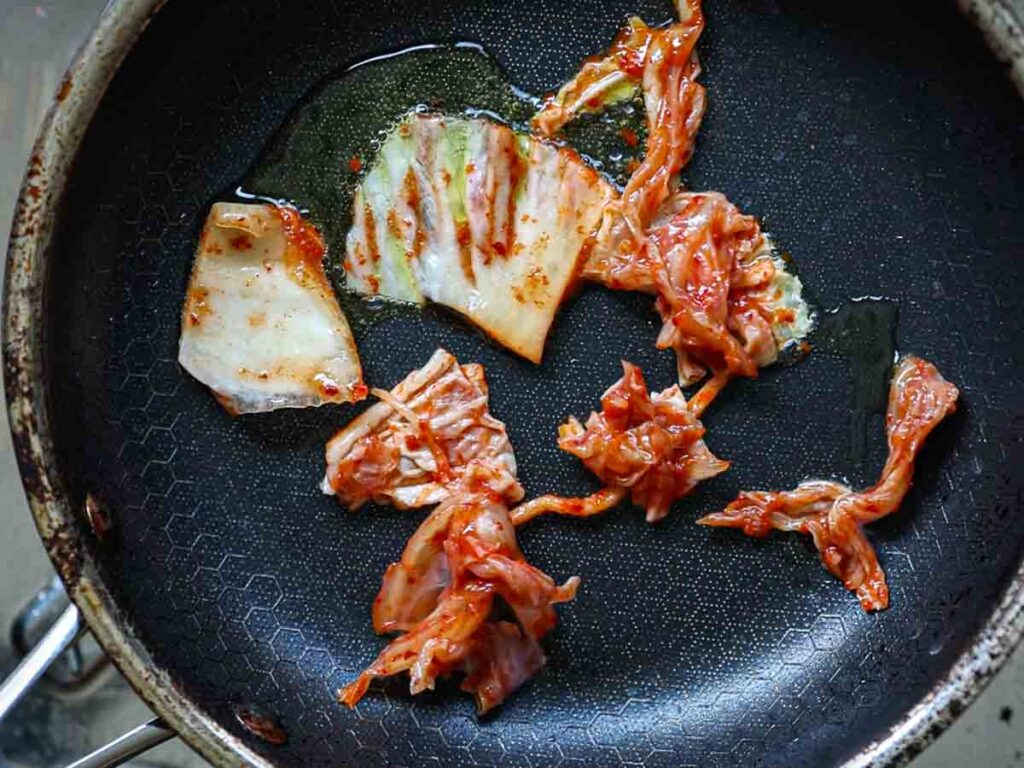
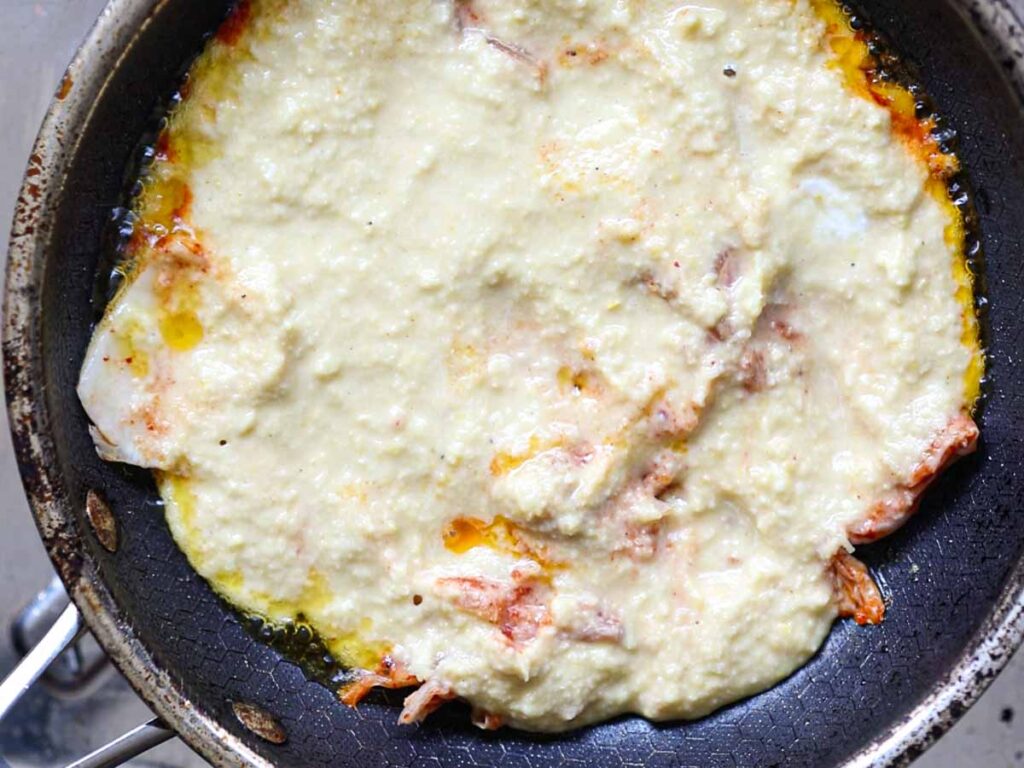

Carefully lift up the pancake to make sure it’s golden brown and then flip over using a large spatula or with a flick of the wrist. Add a little bit of oil around the edges. Cook for another 1 minute, until both sides are evenly browned.
Serve with a little dipping sauce made of soy sauce or as is!
Storing and Reheating Bindaetteok.
Leftovers (if there are any!) should be stored in an airtight container in your refrigerator and can be reheated by refrying with a teensy bit of oil on the same non-stick pan you used to make them! You can also microwave them, but that won’t taste as good.
Fun Add-Ons to your Bindaetteok.
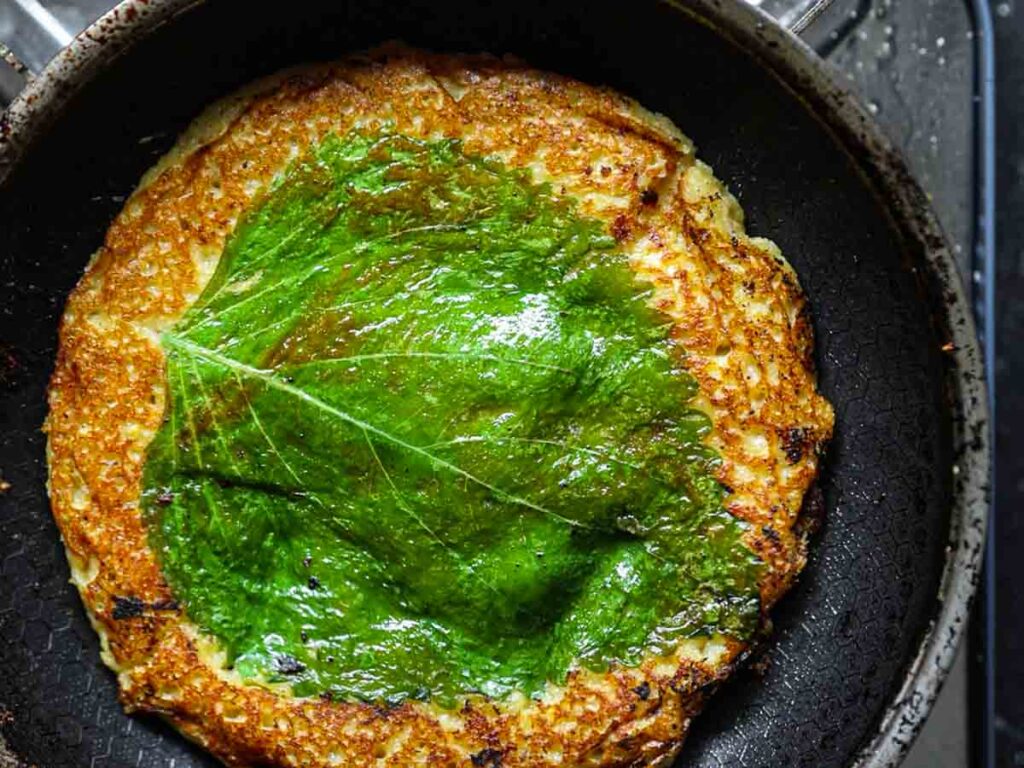
As I mentioned, this bindaetteok recipe is very simple, so that you can customize with whatever ingredients you like! Here are just some suggestions:
- Scallions
- Thinly sliced onion
- Julienned cabbage
- Mung bean sprouts
- Bracken/fernbrake
- Perilla leaves
- Julienned zucchini
- Julienned carrots
- Julienned red bell pepper
- Thinly sliced jalepeno
More Recipes for Korean Holidays!
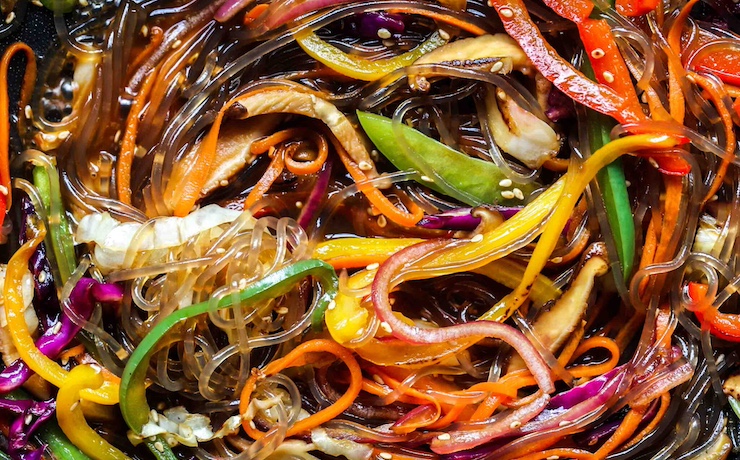
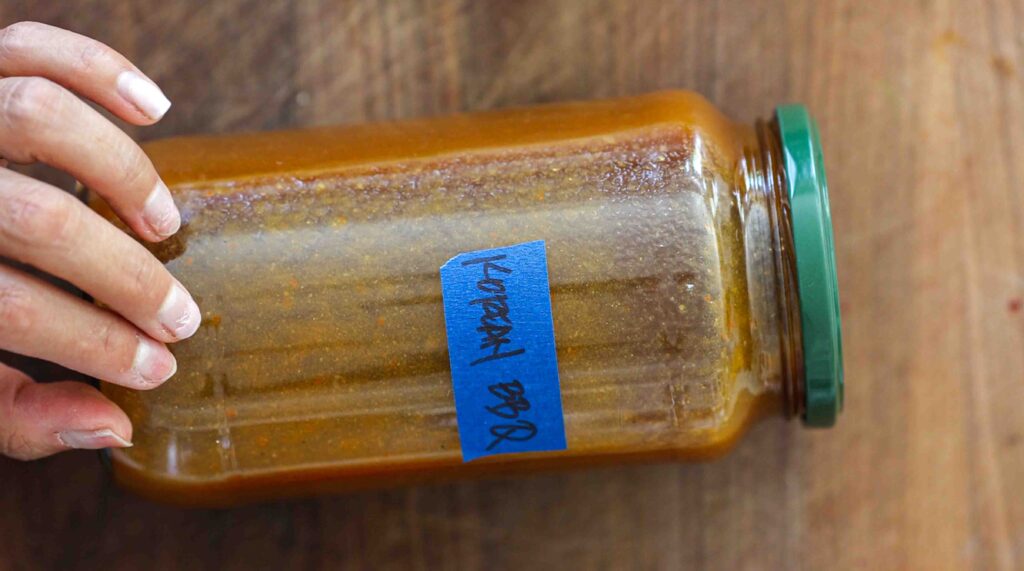
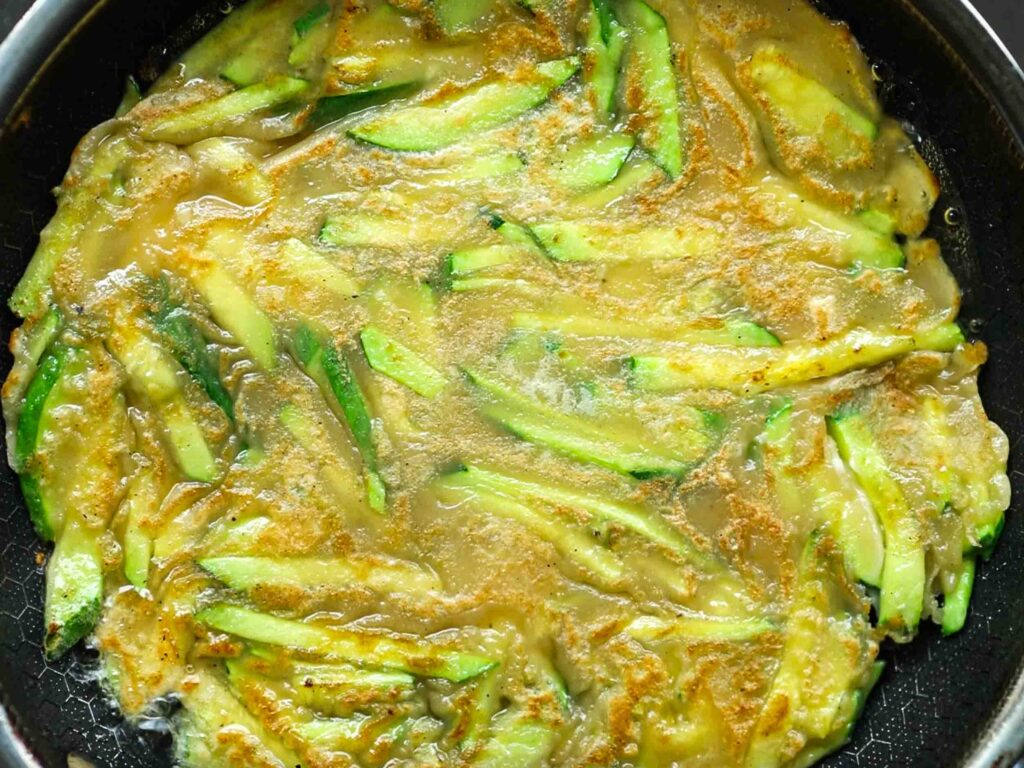
Frequently Asked Questions.
What is bindaetteok made of?
Bindaetteok is made primarily out of split yellow mung beans that are soaked and then ground into a pancake batter. Bindaetteok traditionally contains pieces of meat, bracken, scallions, and mung bean sprouts; but, the batter can be made entirely vegan and additions can also exclude animal products to accommodate a plant-based diet.
Is bindaetteok gluten-free?
Yes! Just use gluten-free soy sauce to season your batter and the rest of the recipe is gluten-free.
Is bindaetteok an entree or a side dish?
Traditionally, bindaetteok would be considered a banchan or “side dish” in Korean cuisine. But given its higher protein content (because of the beans), it’s definitely hearty enough to serve as a main dish, as well!
Recipe Card.
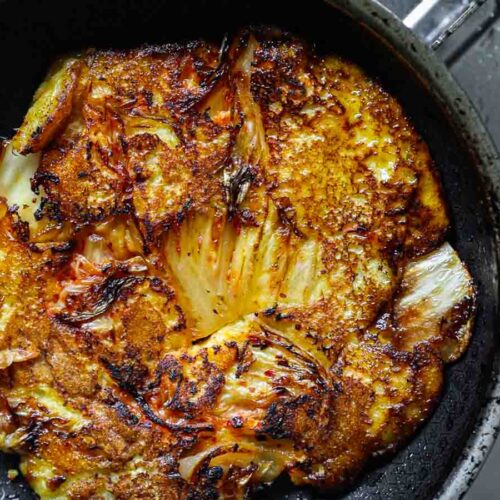
Vegan Bindaetteok: Korean Mung Bean Pancakes
Joanne Molinaro
Prep Time 4 hours 10 minutes
Cook Time 4 minutes
Course Side Dish
Cuisine Korean
Servings 4 large pancakes
Soak beans in cold water for at least 4 hours or overnight.
Drain the beans and pour them into a blender, together with corn, sweet white rice flour, soy sauce, kimchi liquid, salt, and pepper. Add 1 cup of water and blend until smooth. If blades refuse to turn, add 1 tablespoon of water at a time until they turn. Your batter will be thick and have the consistency of cornbread batter.
In a small non-stick pan (8"), add oil over medium heat. Before adding your batter, drop a few pieces of kimchi (and any other ingredients you want to add to this pancake) onto the pan and then pour about 3/4 cup of your batter on top of the kimchi. Cook for about 3 minutes until bubbles begin to form, checking to see that the bottom is cooked. Gently flip your pancake using a spatula or flicking the pan. Cook for another minute, adding a little oil around the edges, until both sides are evenly cooked.
Keyword bindaetteok, blueberry pancakes, savory pancakes
Did you like this recipe? If so, please leave a rating and share it!



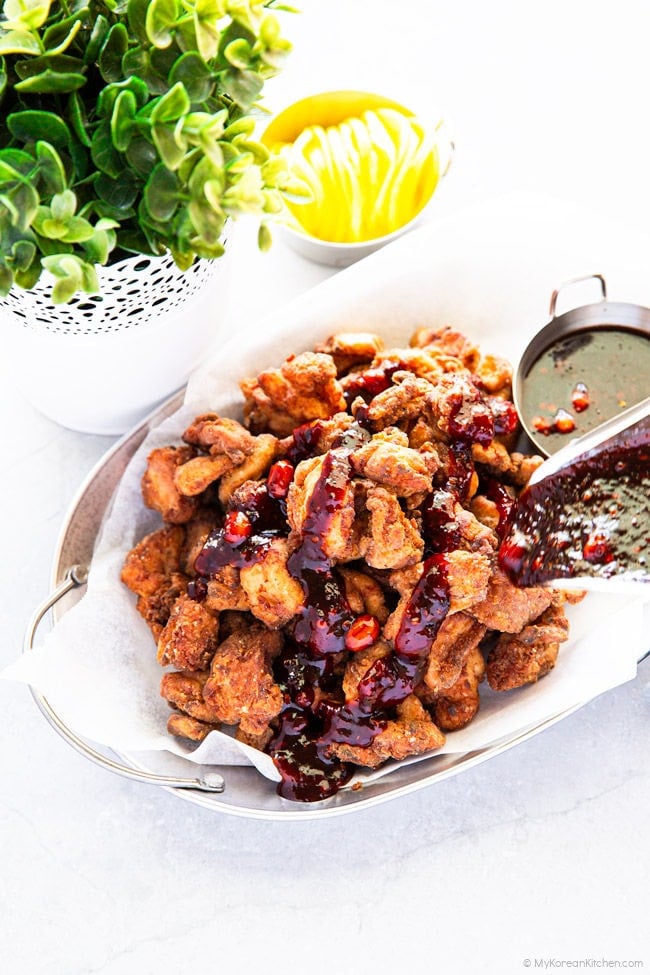
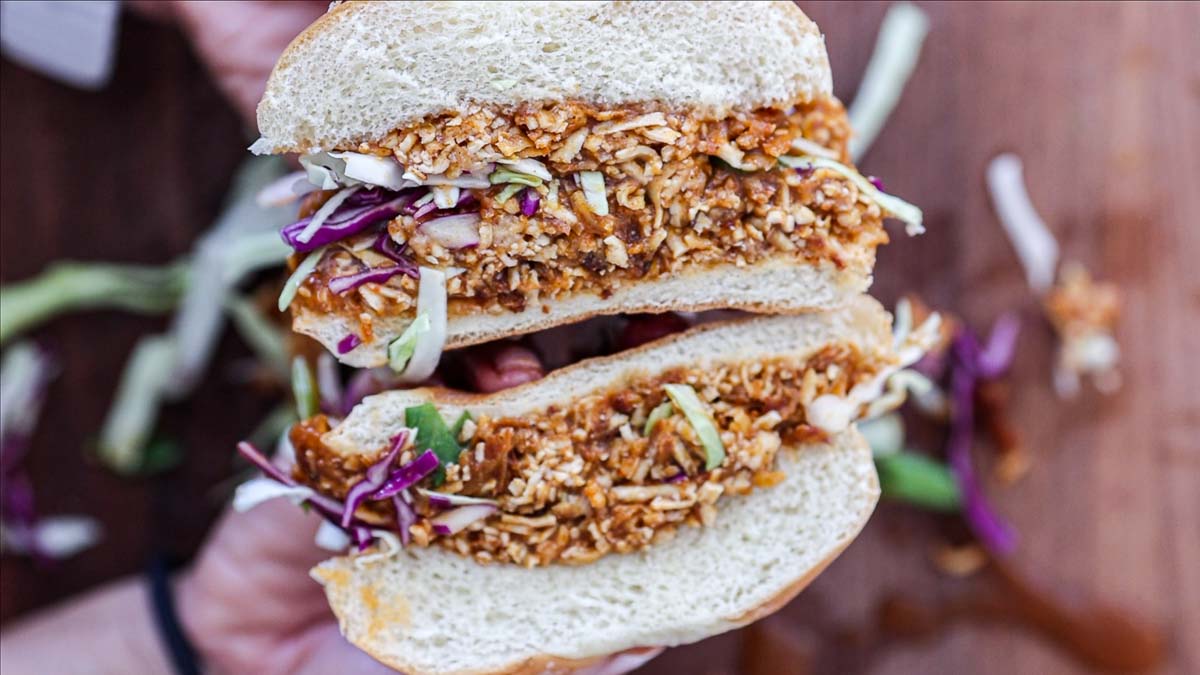



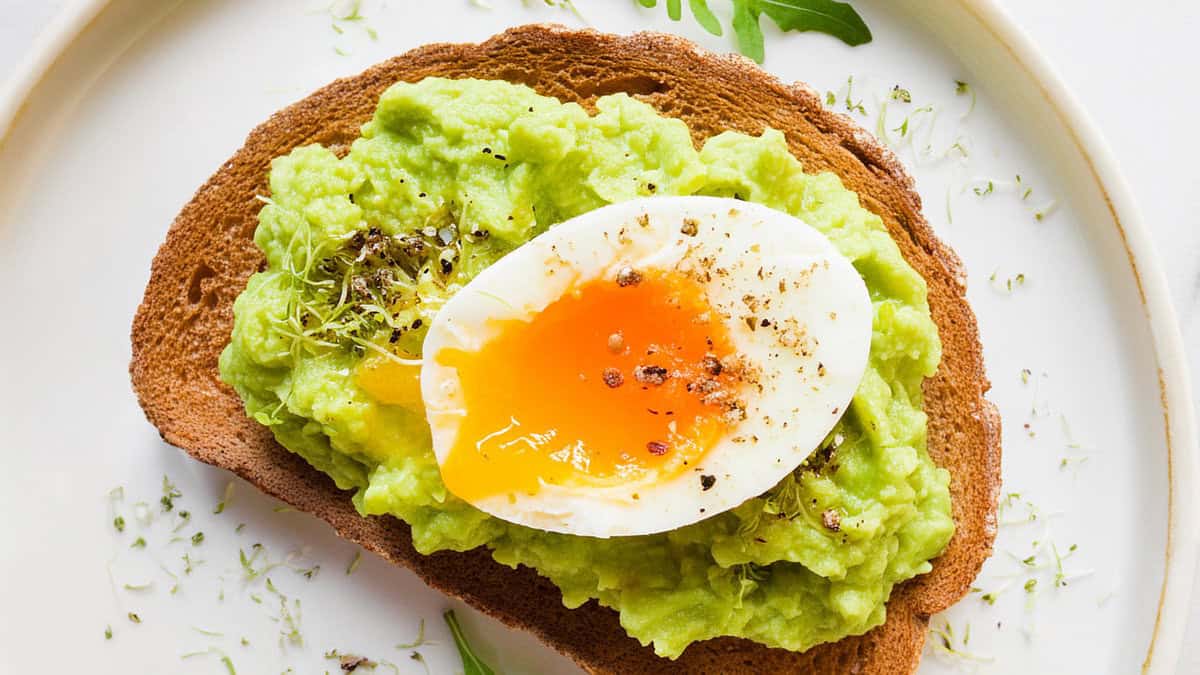

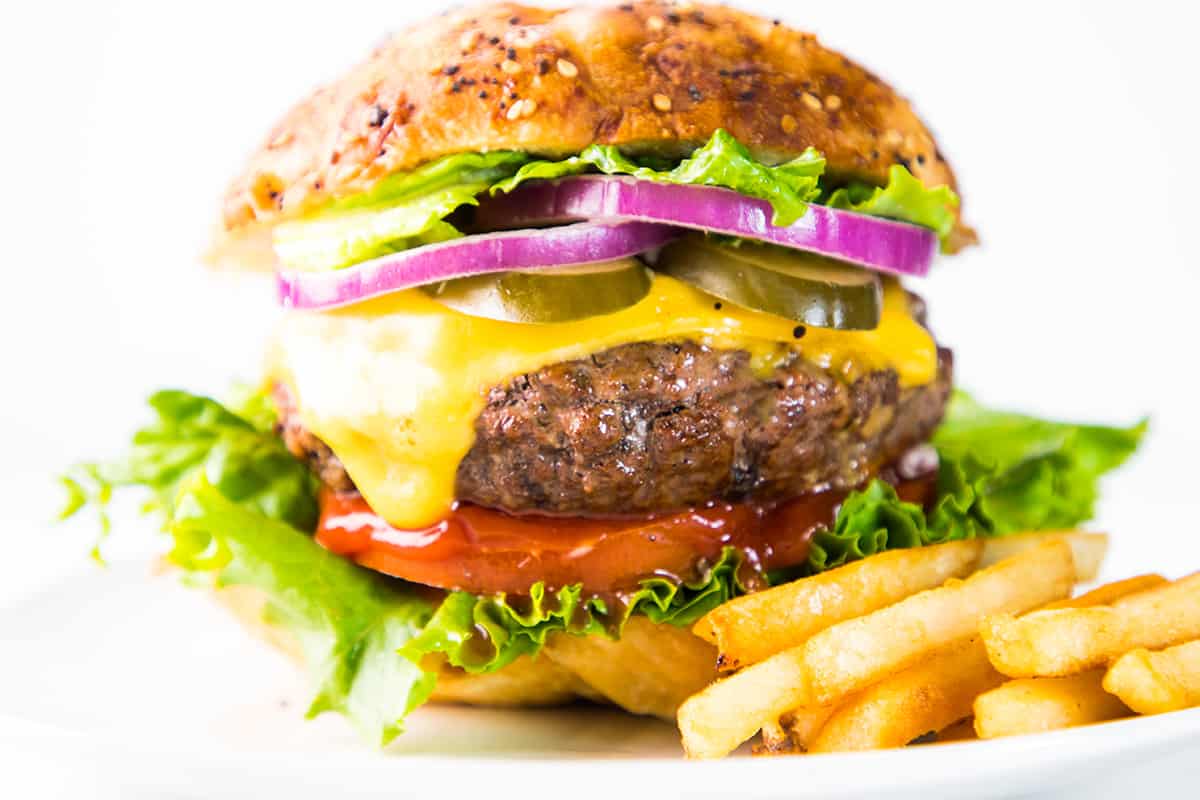
 English (US) ·
English (US) ·